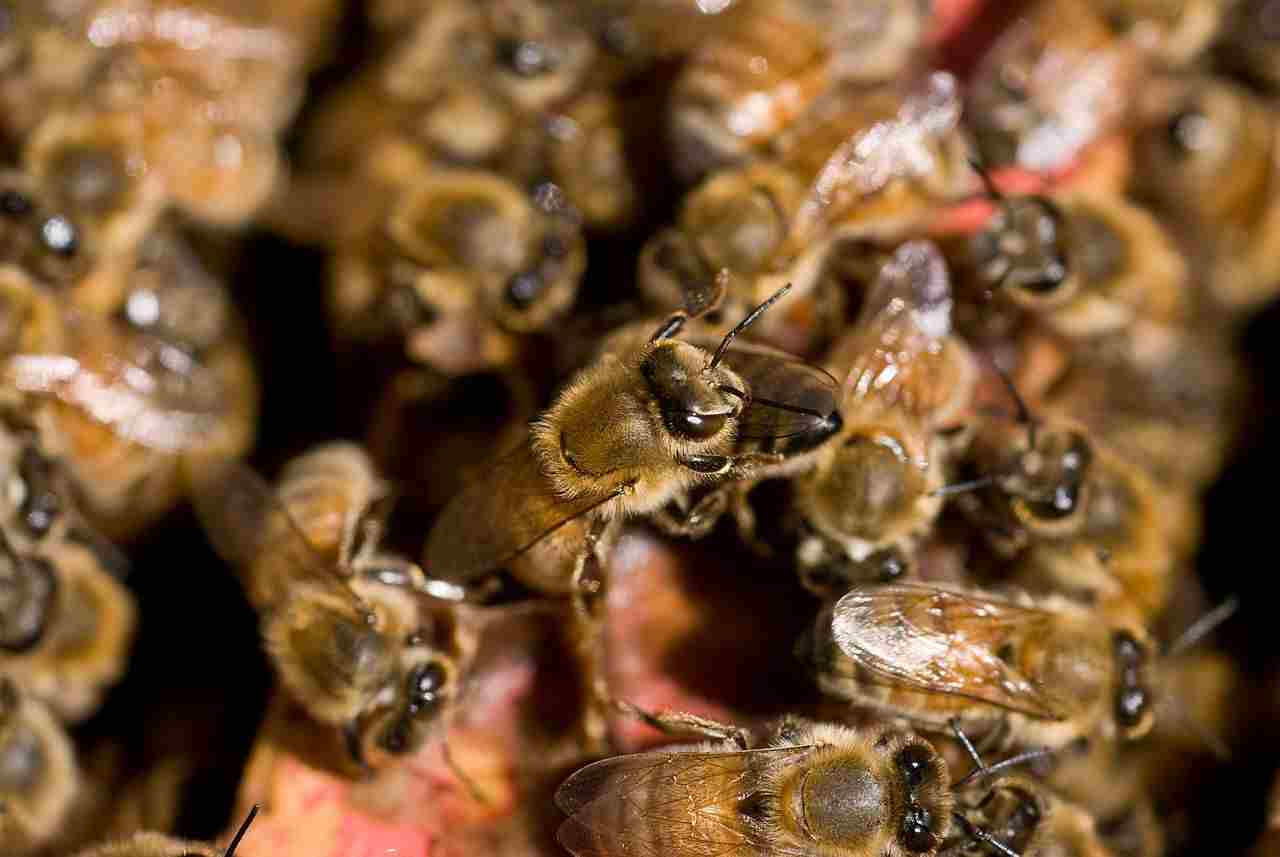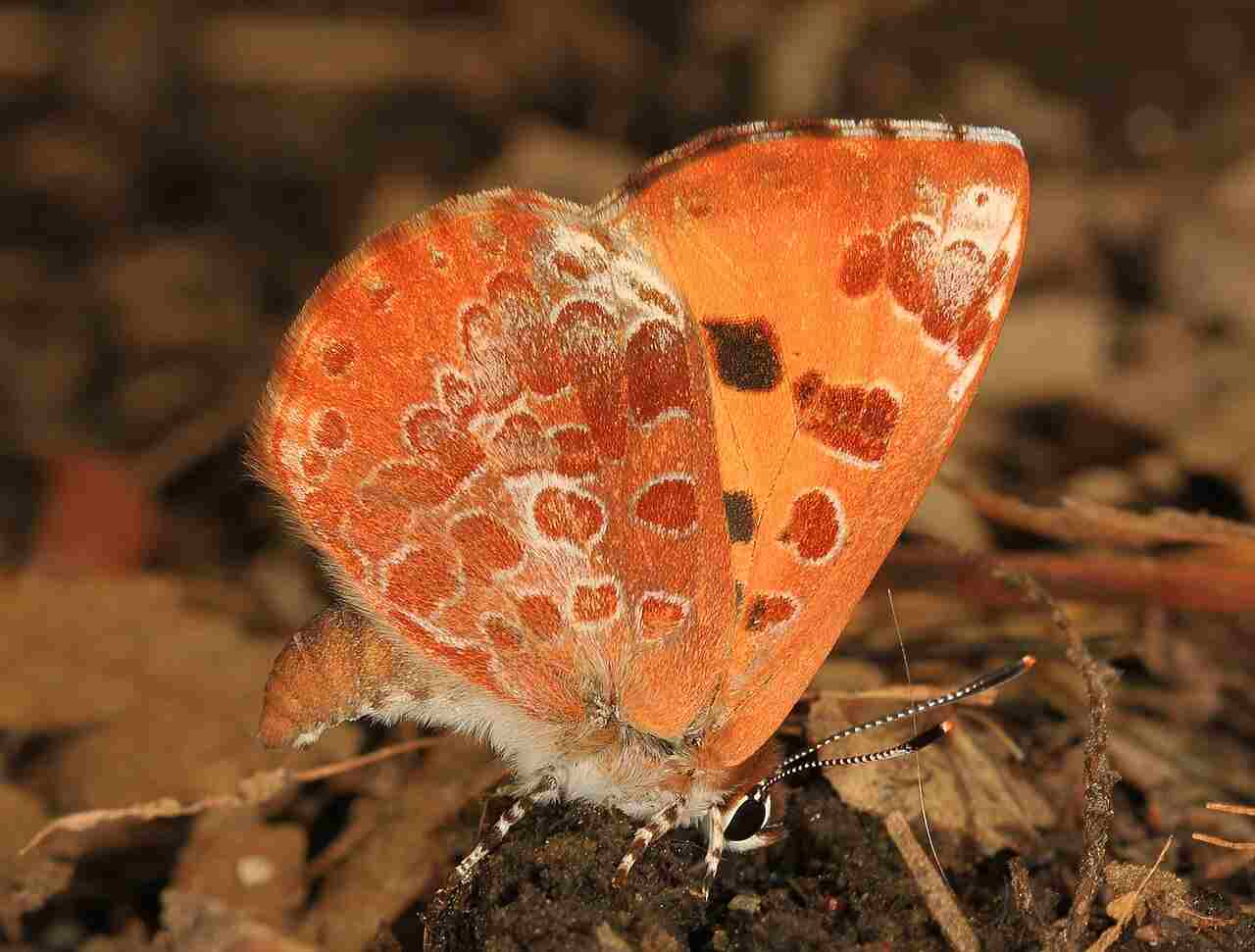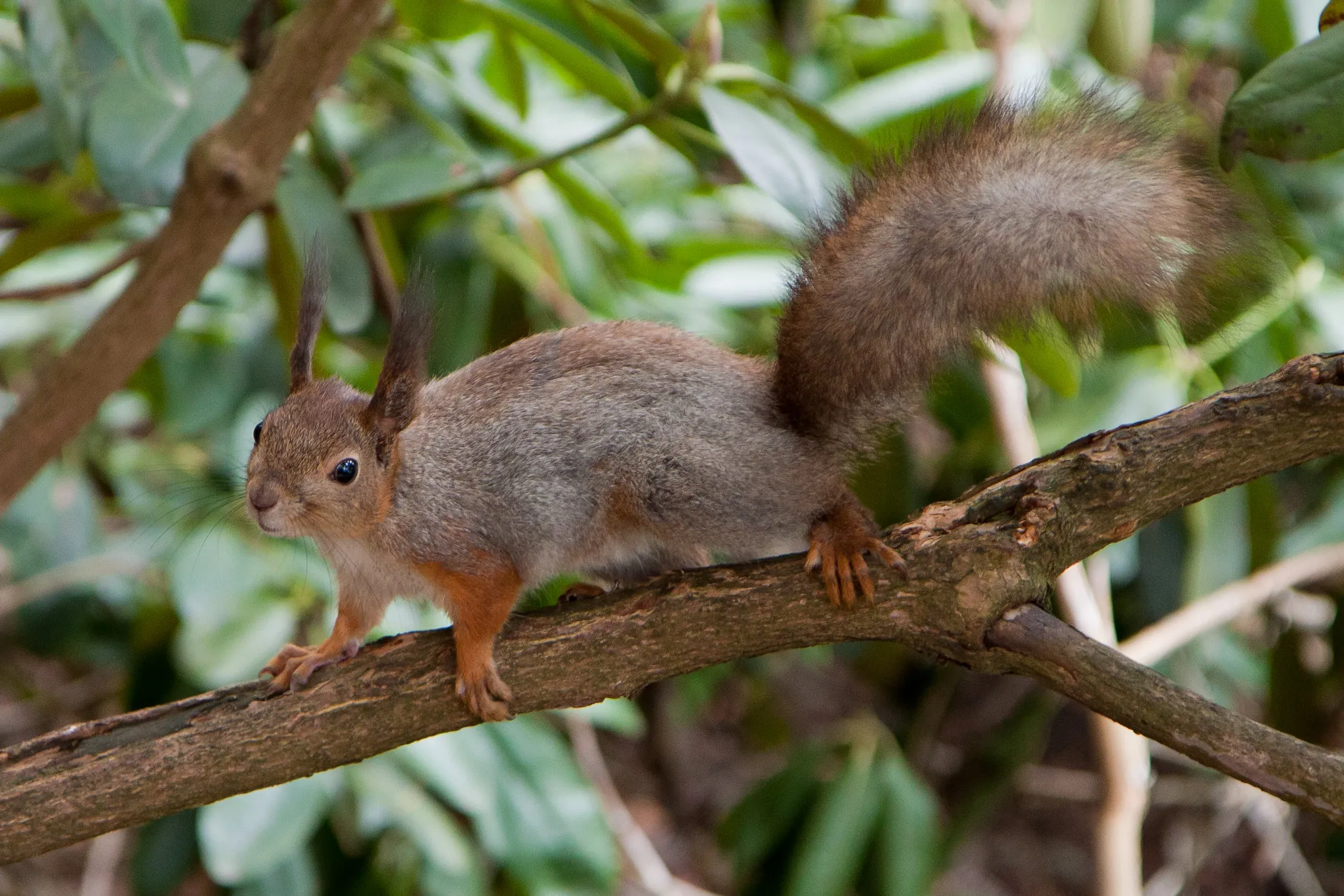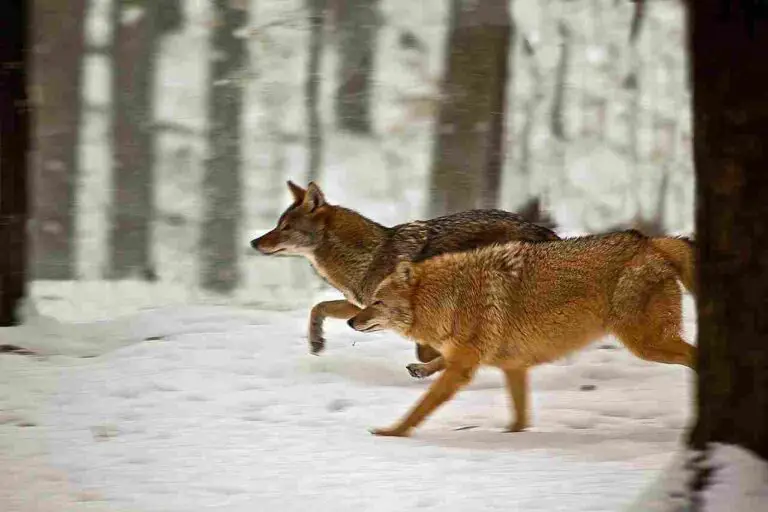What Type of Consumer is a Bat? Bat Food Chain Position and Role
Bats exhibit a diverse range of dietary habits, which influence their classification as consumers within ecosystems. Depending on their species and available food sources, bats can function as primary, secondary, or tertiary consumers.
Why Some Bats May be Classified as Primary Consumers
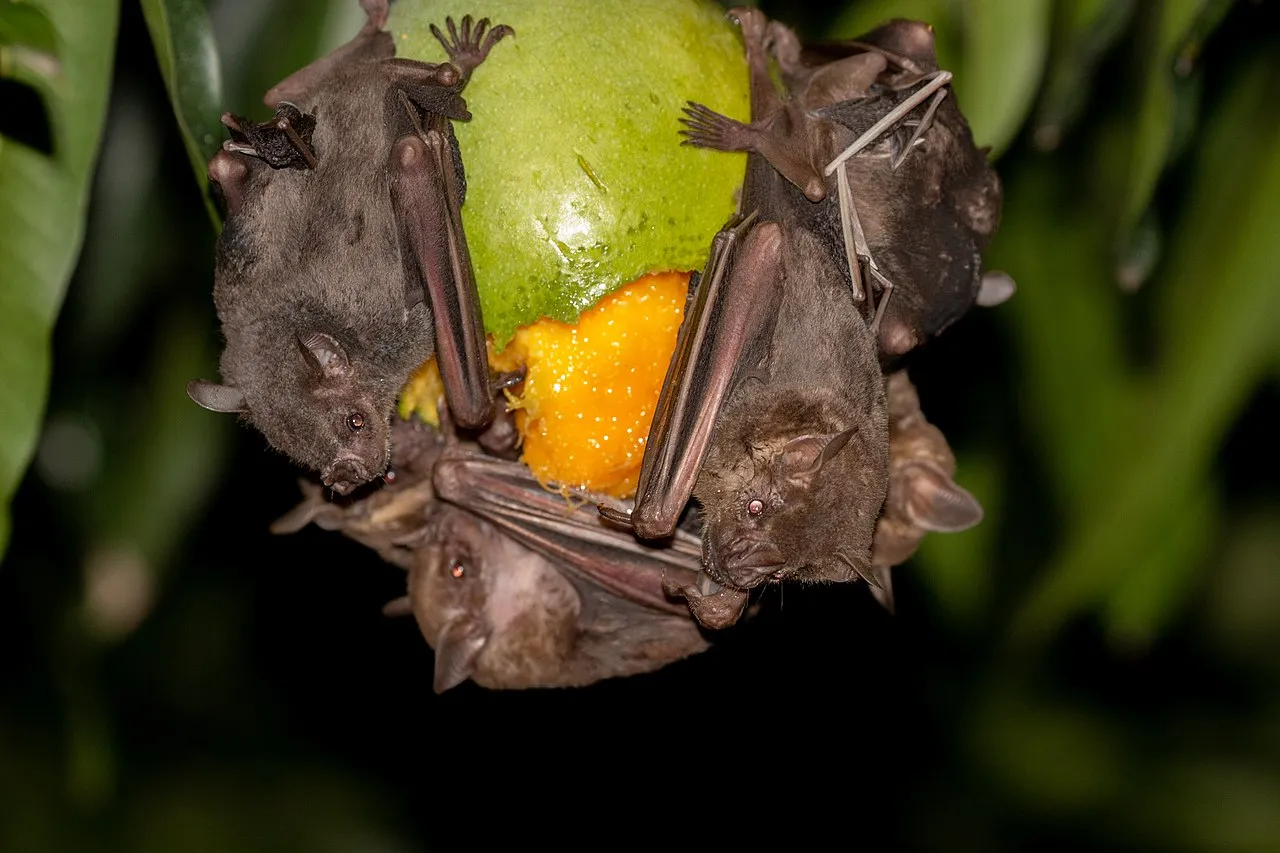
Certain species of bats, such as fruit bats, primarily consume plant matter, specifically fruits and nectar. These bats play a crucial role in pollination and seed dispersal, making them key members of their ecosystems. Due to their exclusive reliance on plant-based diets, fruit bats are classified as primary consumers.
Why Some Bats May be Classified as Secondary Consumers
Other bat species, such as little brown bats and vampire bats, predominantly feed on insects or even small vertebrates. These bats occupy the secondary consumer trophic level since they obtain their energy by preying on primary consumers such as insects or other small animals. Their carnivorous diet places them in the secondary consumer category within the food web.
Why Some Bats May be Classified as Tertiary Consumers
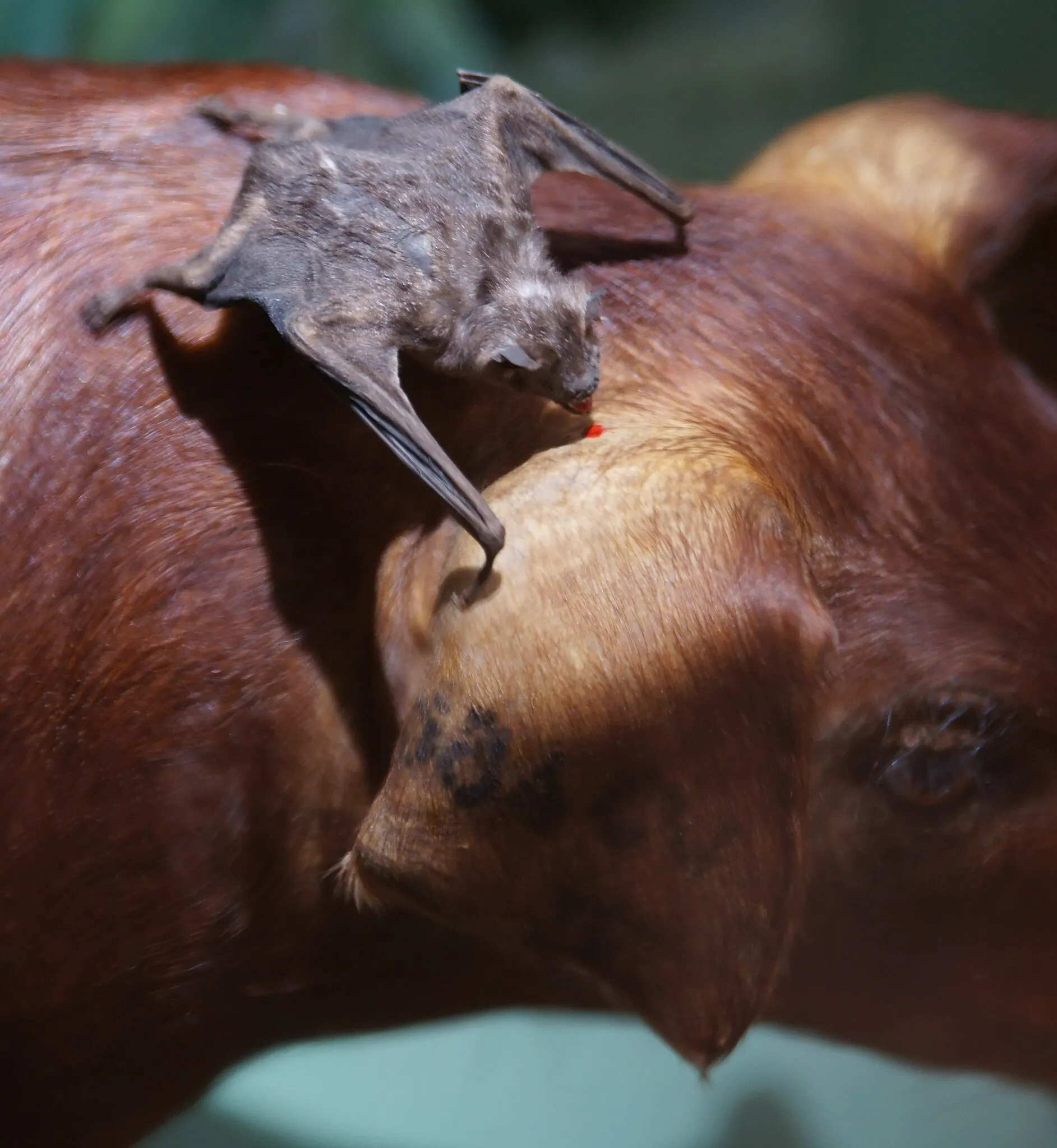
In certain ecosystems, particularly those where bats prey on larger animals, such as fish or small mammals, they can be classified as tertiary consumers. These bats occupy the highest trophic level within their food chains, feeding on secondary consumers or even other tertiary consumers. Their position as tertiary consumers highlights their role as top predators within their respective ecosystems.
Are Bats Omnivores?
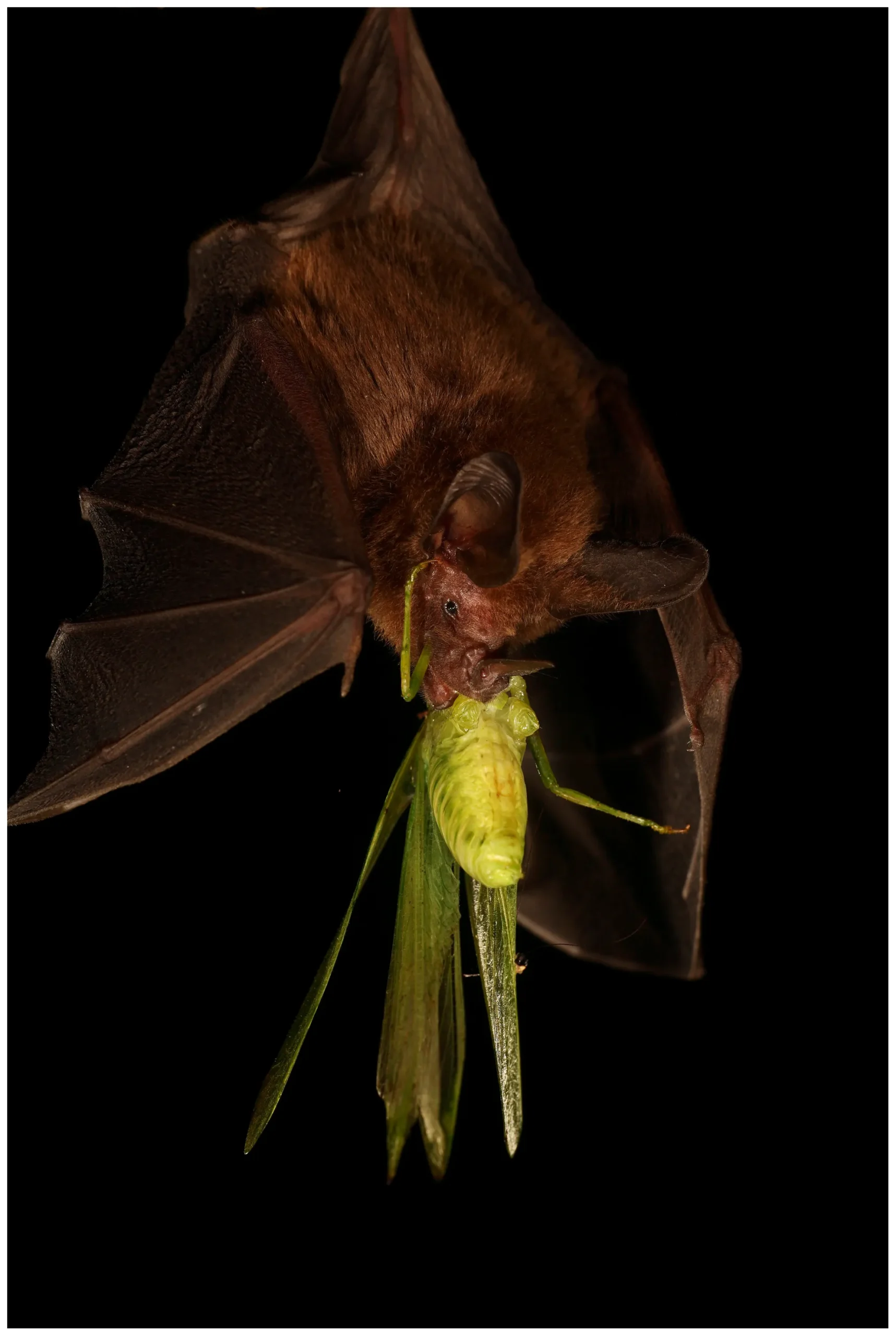
Yes, many bats are omnivores. They have diverse dietary preferences and may consume a combination of plant matter, such as fruits or nectar, and animal matter, such as insects or small vertebrates. This omnivorous diet allows bats to adapt to various environmental conditions and food availability within their habitats.
Are Bats Heterotrophs?
Yes, bats are heterotrophs. Like all animals, they rely on external food sources to obtain energy and nutrients for their survival and growth. Bats cannot produce their own food through photosynthesis or other autotrophic processes; instead, they must consume organic matter derived from other organisms to meet their metabolic needs.
Reasons Why Bats are Heterotrophs
-
Metabolic Dependency: Bats lack the ability to synthesize their own nutrients and energy sources internally, necessitating their reliance on external food sources.
-
Evolutionary Adaptation: As mammals, bats have evolved as heterotrophs, inheriting their dependence on consuming other organisms from their ancestors.
-
Ecological Role: Bats play important roles in ecosystems as consumers of various organisms, contributing to nutrient cycling and energy flow within food webs.
-
Physiological Limitations: Bats’ digestive systems are adapted for processing organic matter obtained from their environment, further emphasizing their status as heterotrophic organisms.
What Bats Eat
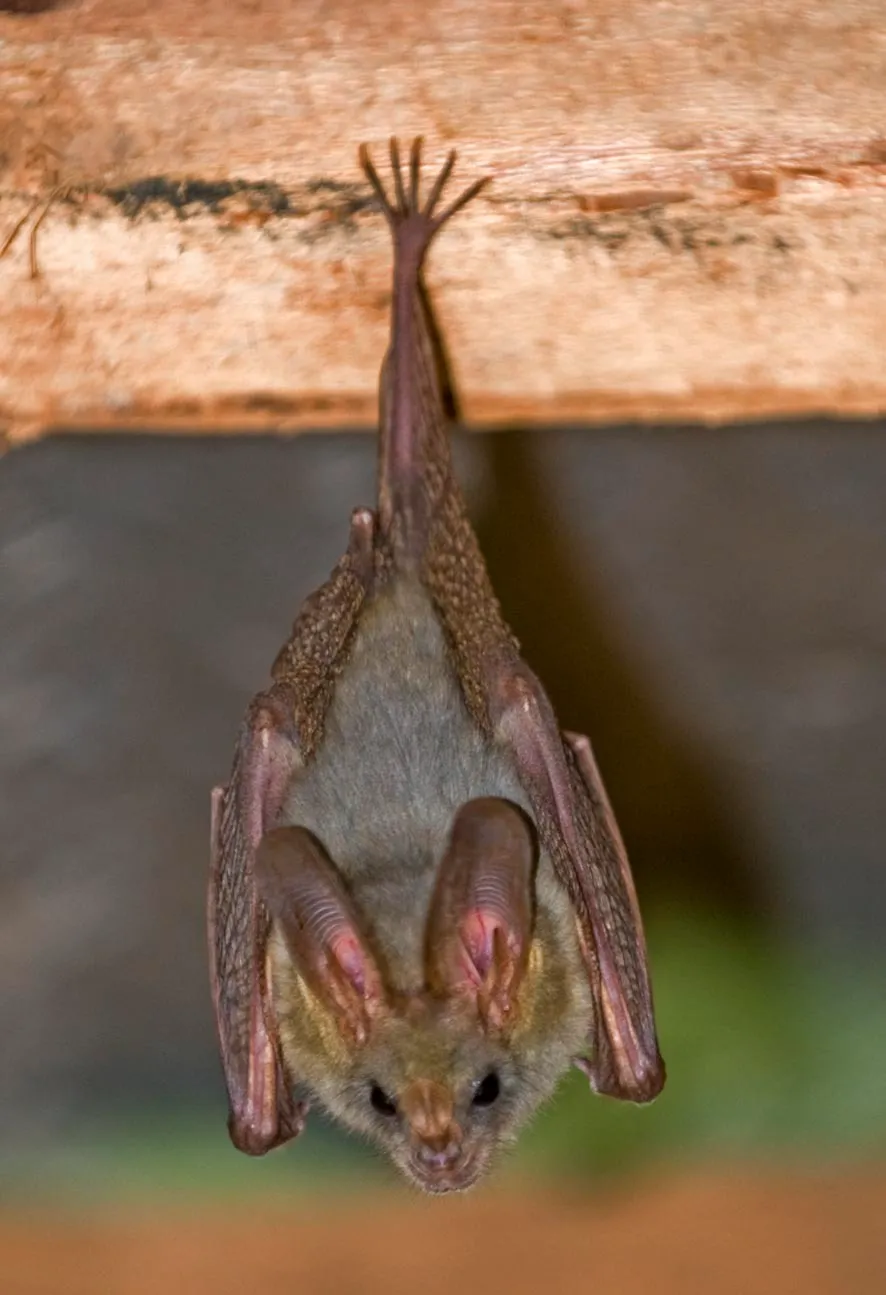
-
Fruits: Certain bat species, such as fruit bats, primarily feed on fruits and nectar, playing a crucial role in pollination and seed dispersal.
-
Insects: Many bats are insectivorous, preying on a variety of insects including moths, beetles, and mosquitoes, which they capture in flight using echolocation.
-
Small Vertebrates: Some bat species, like vampire bats, feed on blood obtained from small vertebrates such as birds or mammals, while others may hunt small vertebrates like fish or frogs.
-
Nectar: Nectar-feeding bats have specialized adaptations for extracting nectar from flowers, serving as important pollinators for various plant species.
-
Other Food Sources: Depending on their habitat and dietary preferences, bats may also consume pollen, small fruits, and even small amounts of plant material.
Is A Bat A Mammal or a Rodent?
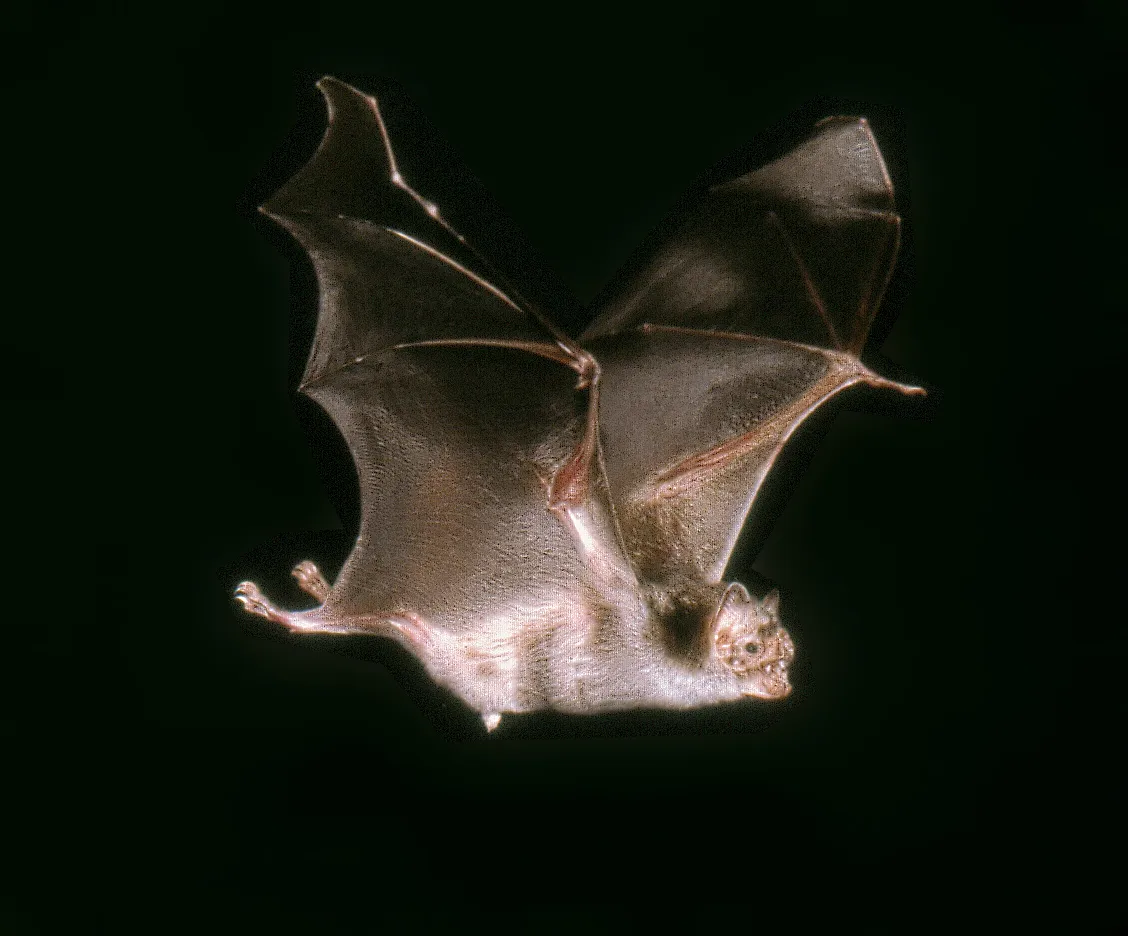
Bats are mammals, not rodents. While they share some superficial similarities with rodents, such as their small size and ability to gnaw, bats belong to the order Chiroptera, distinct from the order Rodentia to which rodents belong.
Reasons Why Bats are Not Rodents
-
Taxonomic Classification: Bats belong to the order Chiroptera, while rodents belong to the order Rodentia. These taxonomic classifications indicate distinct evolutionary lineages and physiological characteristics.
-
Wing Structure: Bats possess wings, which are modified forelimbs adapted for flight, whereas rodents do not have wings but instead have typical mammalian forelimbs.
-
Dental Morphology: Bats have specialized dentition adapted for their specific dietary habits, including elongated canine teeth in some species, while rodents have characteristic gnawing incisors.
-
Ecological Roles: Bats and rodents occupy different ecological niches and play distinct roles within ecosystems. Bats are often nocturnal insectivores or frugivores, while rodents have diverse dietary preferences and ecological functions.
-
Behavioral Characteristics: Bats exhibit unique behaviors such as echolocation for navigation and hunting, which are not observed in rodents. Additionally, bats roost in caves, trees, or buildings, while rodents typically build nests or burrows.
Characteristics Of Bats As Mammals
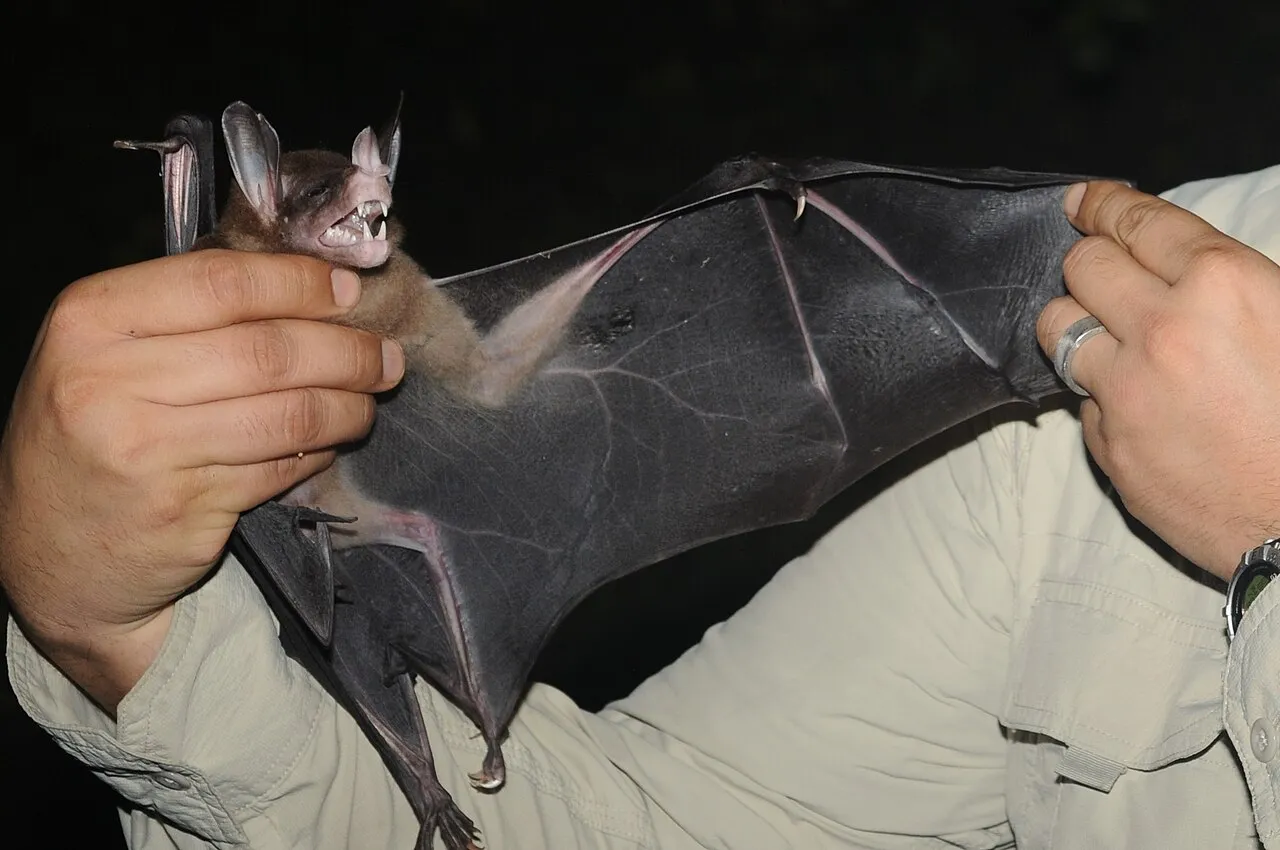
-
Warm-blooded: Like all mammals, bats are endothermic, meaning they regulate their body temperature internally, enabling them to thrive in diverse environments.
-
Mammary Glands: Female bats nurse their young with milk produced by mammary glands, a characteristic feature of mammals for nourishing their offspring.
-
Fur or Hair: Bats are covered in fur or hair, which helps regulate their body temperature and provides insulation against cold temperatures.
-
Live Birth: Bats give birth to live young, another trait shared by mammals, as opposed to laying eggs like some other vertebrates.
-
Parental Care: Bats exhibit parental care, with mothers often nursing and grooming their offspring and both parents participating in raising their young in certain species.
-
Placental Development: Bats undergo placental development during gestation, where the embryo is nourished through a placenta attached to the mother’s uterine wall, a defining characteristic of mammals.
-
Diaphragmatic Respiration: Bats, like other mammals, rely on a diaphragm for respiration, aiding in the expansion and contraction of the lungs during breathing.
-
Vertebrate Structure: Bats possess a backbone made up of vertebrae, a characteristic feature shared by all mammals, providing support and protection for the spinal cord.
-
Homeothermy: Bats maintain a relatively constant internal body temperature, a trait known as homeothermy, which is typical of mammals and essential for their physiological processes.
-
Specialized Teeth: Bats have diverse dental adaptations suited to their varied diets, including sharp incisors for biting into fruits or insects and specialized molars for grinding plant matter or crushing prey, reflecting their mammalian heritage.
*Summary
- Bats are mammals, not rodents, belonging to the order Chiroptera.
- They possess wings adapted for flight, distinct from rodents.
- Bats have specialized dentition and unique behaviors like echolocation.
- As mammals, they exhibit characteristics such as warm-bloodedness, mammary glands, and fur.
- Bats give birth to live young and provide parental care, typical of mammals.
- They undergo placental development and rely on diaphragmatic respiration.
- Bats have a vertebrate structure and maintain homeothermy.
- Their teeth are adapted to their varied diets, reflecting their mammalian heritage.
| Characteristics | Bats |
| Taxonomic Classification |
Mammals (Order: Chiroptera)
|
| Wing Structure |
Adapted for flight
|
| Dental Morphology |
Specialized dentition
|
| Behavioral Traits | Echolocation |
| Reproduction |
Live birth, placental development
|
| Physiological Traits |
Warm-blooded, diaphragmatic respiration
|
| Parental Care |
Provided by both parents
|
| Fur or Hair |
Provides insulation
|
| Specialized Teeth |
Adapted to varied diets
|
| Vertebrate Structure |
Backbone composed of vertebrae
|
